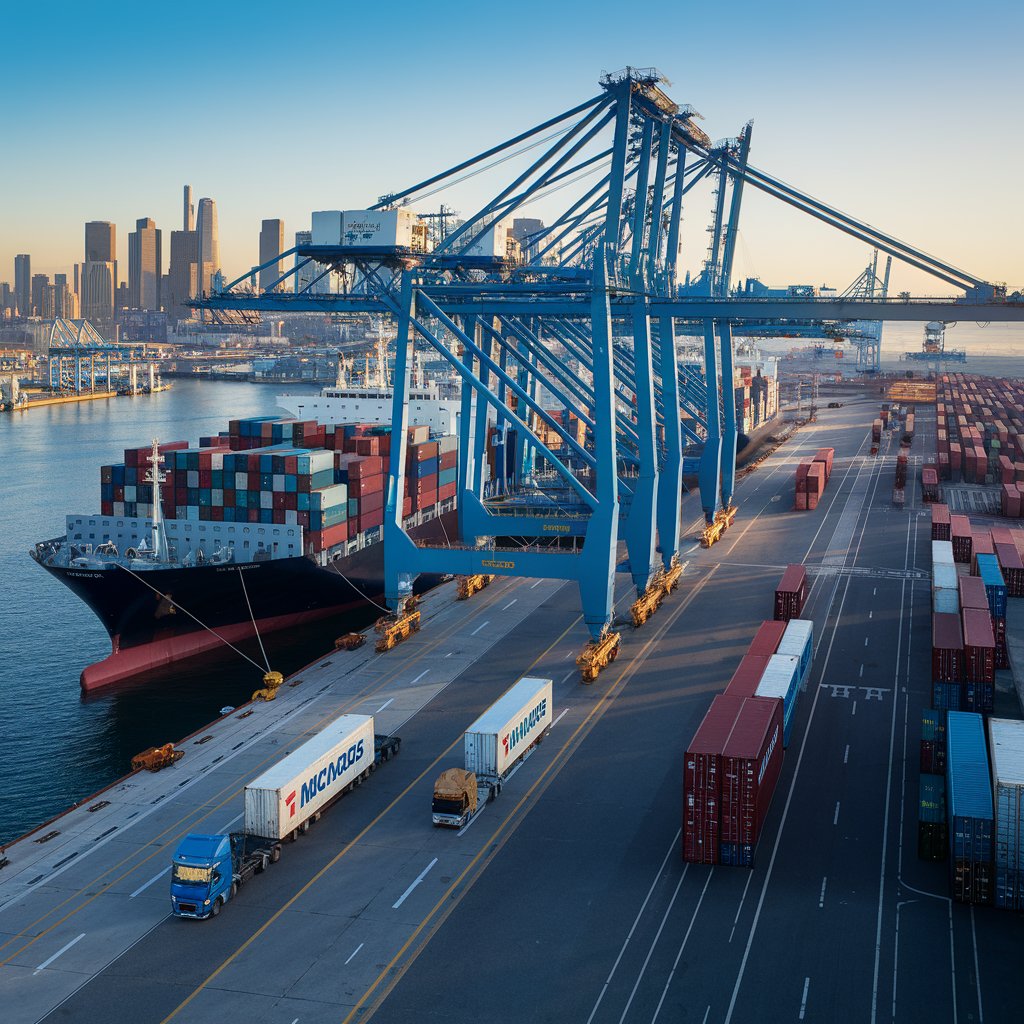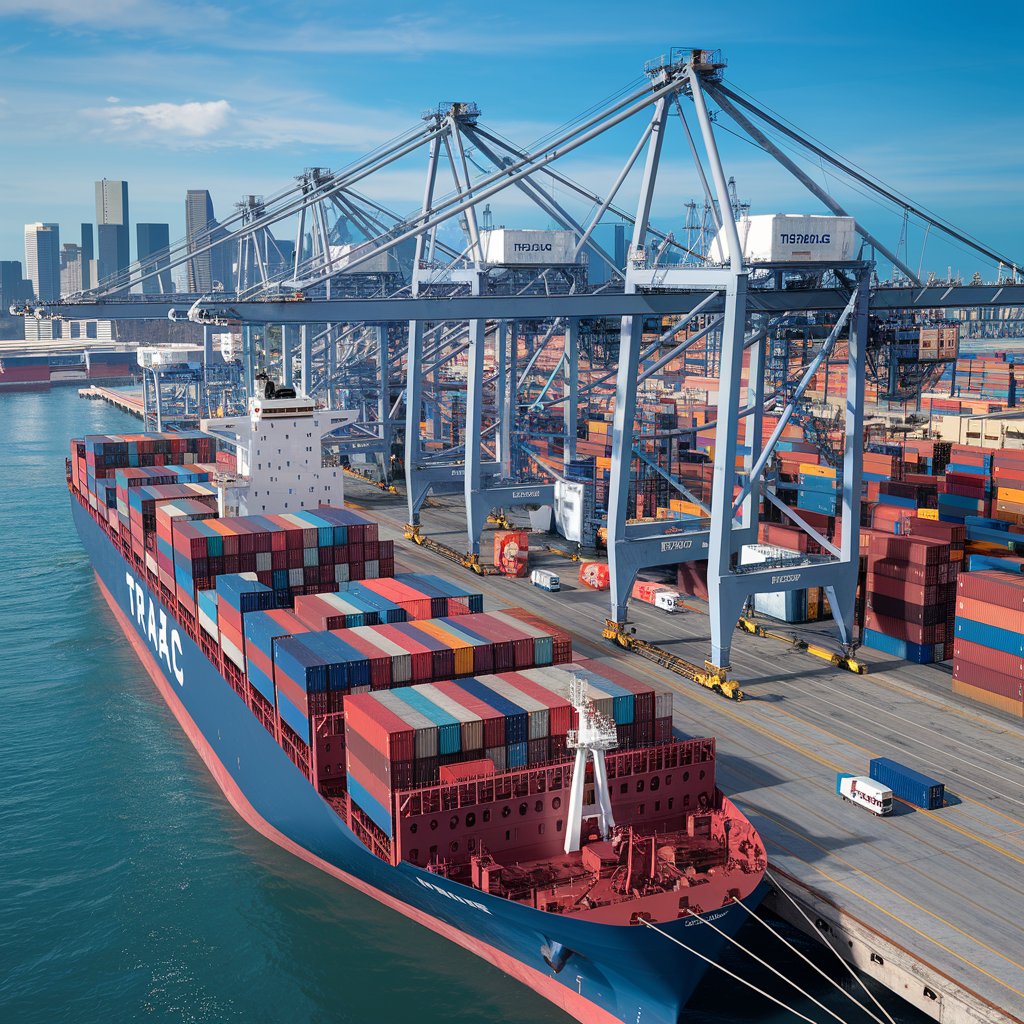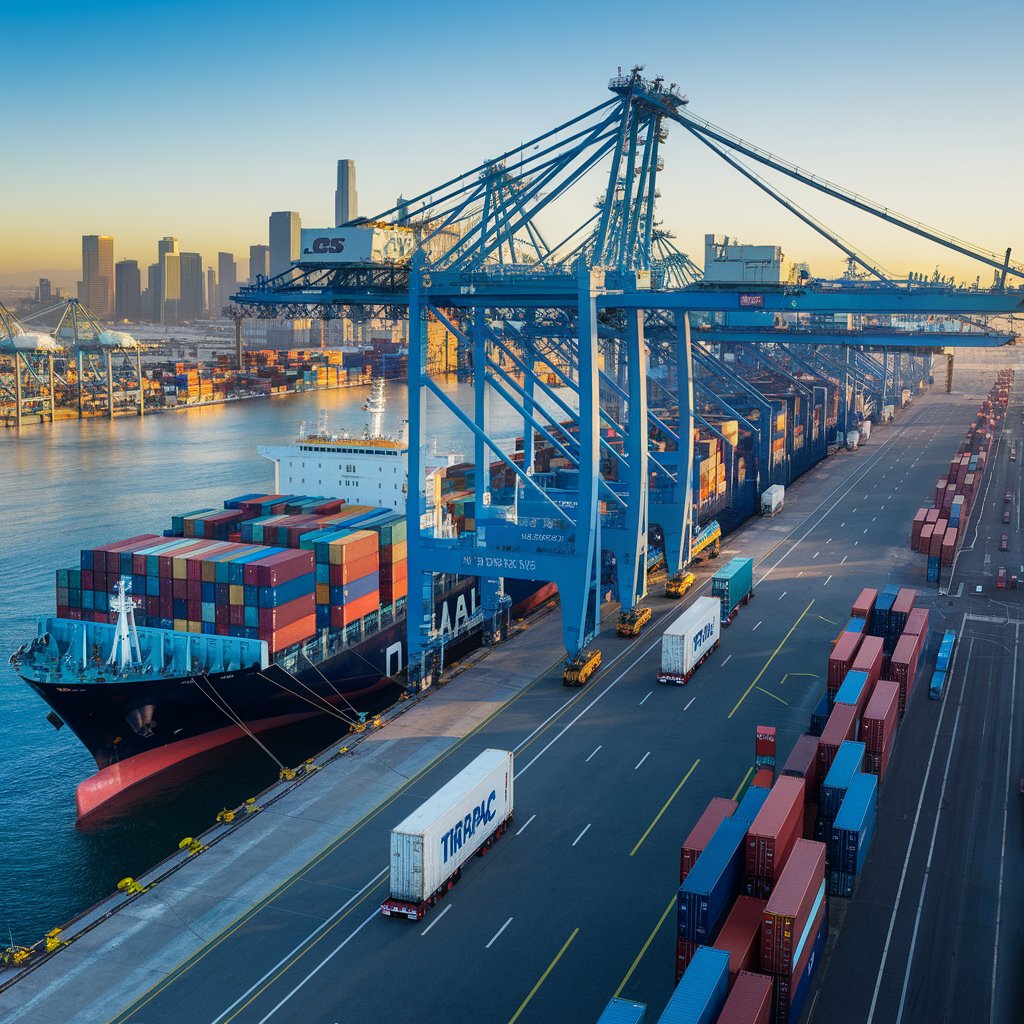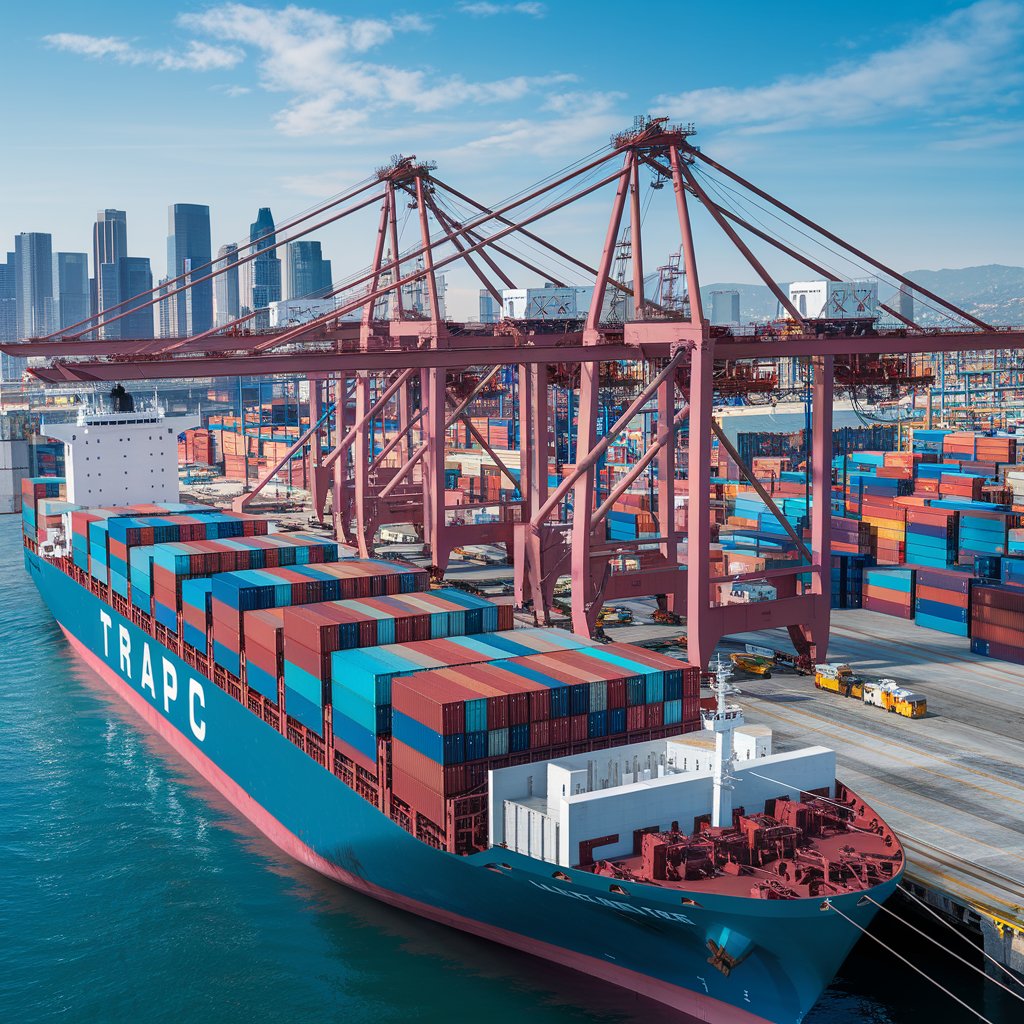Exploring TraPac Terminal Los Angeles Vessel Schedule in Detail

What Is the TraPac Terminal in Los Angeles?
TraPac Terminal is a state-of-the-art, automated container terminal located at the Port of Los Angeles. It handles high cargo volumes and provides efficient vessel operations, rail connectivity, and trucking services.
Key Facts About TraPac Terminal
- Location: Port of Los Angeles, California.
- Operator: TraPac, LLC – A global terminal operator.
- Function: Handles containerized cargo for international shipping.
- Technology: One of the most automated terminals in the U.S.

Understanding the TraPac Terminal Los Angeles Vessel Schedule
The vessel schedule at TraPac Terminal is a dynamic timetable that provides details about ship arrivals, departures, berth assignments, and cargo handling operations.
What Information Is Included in the Vessel Schedule?
- Vessel Name & Voyage Number
- Identifies the specific container ship arriving at the terminal.
- ETA (Estimated Time of Arrival)
- Shows when a ship is scheduled to reach the terminal.
- ETD (Estimated Time of Departure)
- Indicates when the vessel is expected to leave after loading/unloading.
- Berth Assignment
- The designated dock space for each vessel.
- Cargo Cut-Off Times
- Deadlines for delivering containers for specific departures.
- Rail & Trucking Connections
- Scheduling details for intermodal transport after unloading.
- Updates & Delays
- Real-time changes due to weather, congestion, or operational factors.
Key Features of the TraPac Terminal Vessel Schedule
1. Real-Time Schedule Updates
- The vessel schedule is updated frequently, reflecting delays or changes.
2. Integration with Shipping Lines
- Major carriers like Maersk, MSC, COSCO, and CMA CGM use TraPac Terminal.
3. Automated Operations
- Advanced cranes and container stacking systems speed up vessel turnarounds.
4. Digital Cargo Tracking
- Shippers and logistics providers can track vessel movements and cargo status online.
5. Connection to Rail & Trucking Networks
- The terminal connects to Union Pacific and BNSF Railway, ensuring smooth inland transportation.

Practical Uses of the TraPac Terminal Vessel Schedule
1. Importers & Exporters Planning Shipments
- Businesses use the schedule to time cargo deliveries and pickups.
2. Freight Forwarders & Logistics Providers
- Helps coordinate drayage, warehousing, and inland transport.
3. Port & Terminal Operators
- Ensures efficient berth scheduling and cargo handling operations.
4. Trucking & Rail Companies
- Aligns intermodal transport services with vessel arrivals and departures.
Advantages and Challenges of the TraPac Vessel Schedule
Advantages | Challenges |
Automated scheduling system ensures efficiency. | Port congestion can lead to schedule changes. |
Real-time updates improve cargo planning. | Weather and labor strikes may cause delays. |
Integration with major shipping lines offers reliability. | Peak season traffic may affect turnaround times. |
Strong rail and trucking connections speed up delivery. | Customs clearance delays can impact cargo availability. |

How to Access the TraPac Terminal Los Angeles Vessel Schedule
1. Visit the TraPac Terminal Website
- The official site provides a live vessel schedule with updates.
2. Use Shipping Line Tracking Systems
- Major carriers provide vessel tracking tools with TraPac schedules.
3. Contact Port Authorities & Logistics Partners
- Freight forwarders and customs brokers can provide schedule insights.
4. Utilize Digital Freight Platforms
- Services like Terminal49, PortX, and GoComet track vessel schedules.
Conclusion
The TraPac Terminal Los Angeles vessel schedule is a crucial resource for importers, exporters, freight forwarders, and trucking companies. Understanding its key features, real-time updates, and cargo planning capabilities can help businesses optimize their supply chain operations.
By utilizing the TraPac vessel schedule effectively, businesses can improve shipping efficiency, reduce delays, and streamline logistics processes at one of the busiest container terminals in the U.S.
